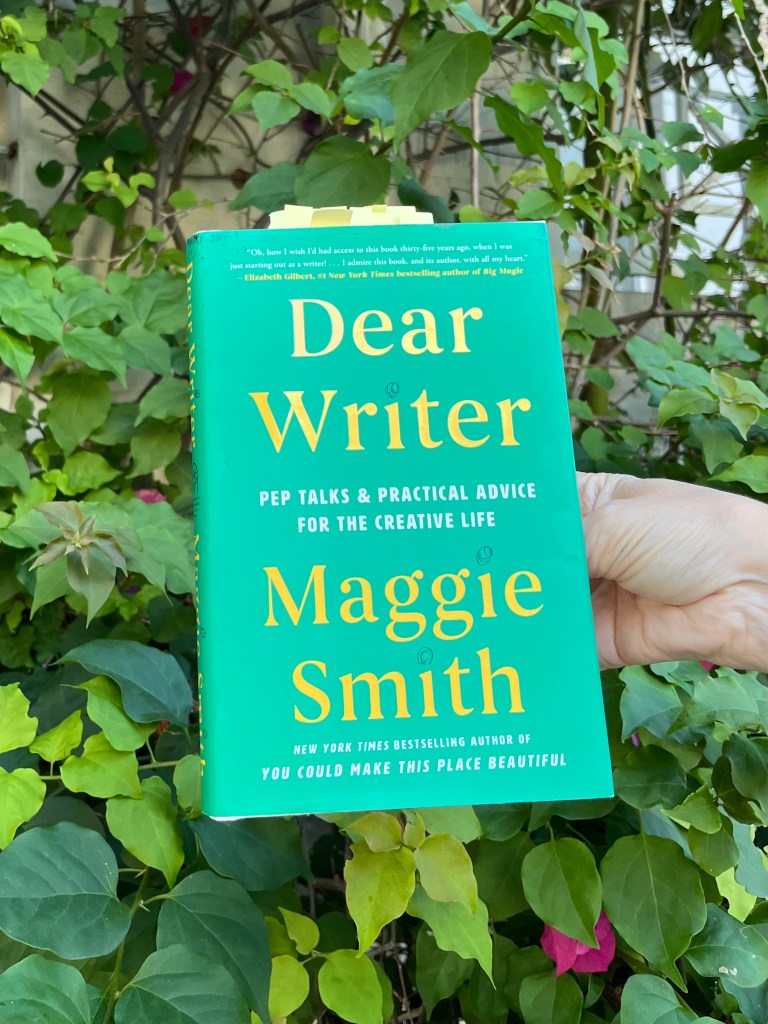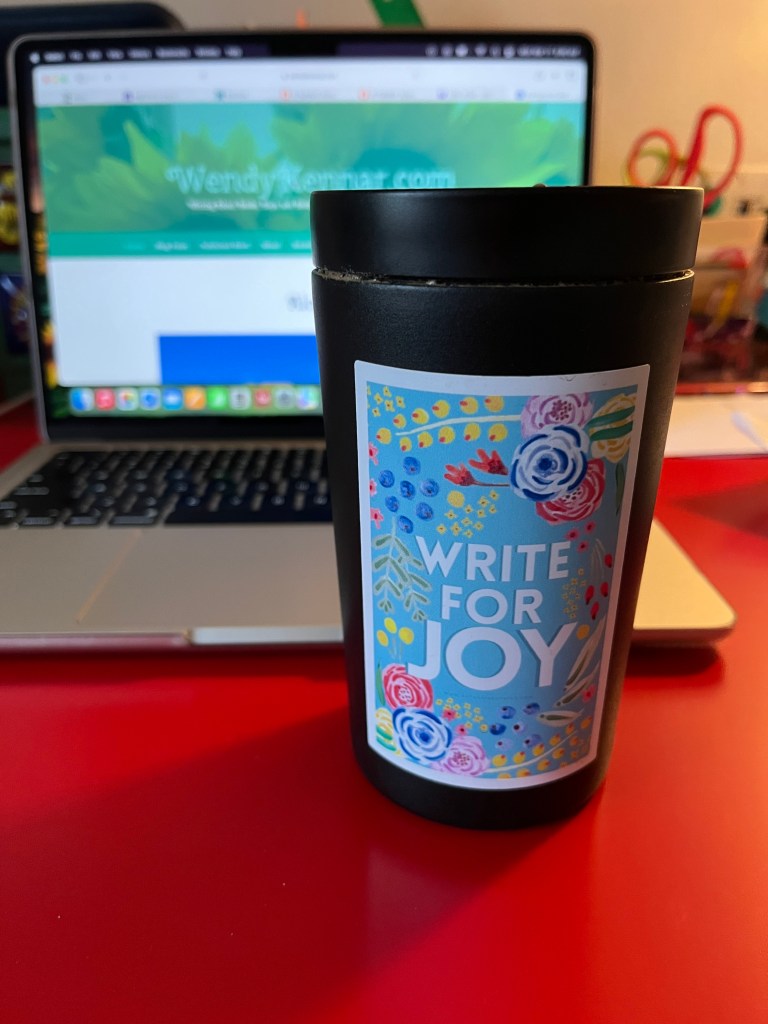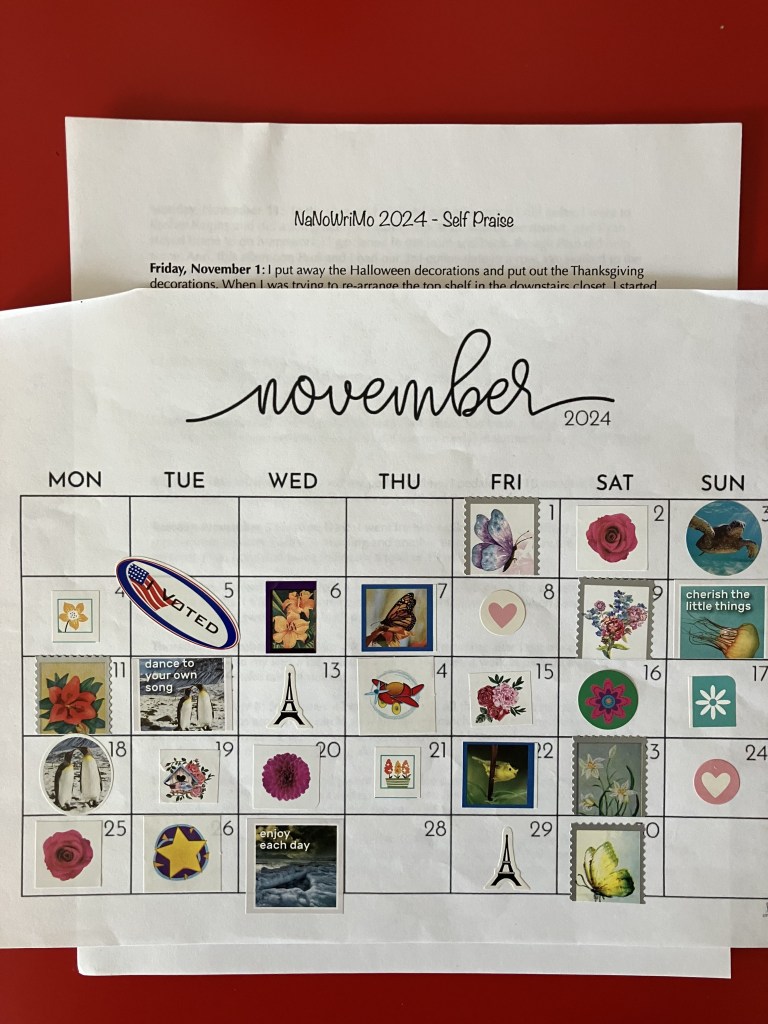Hi Friends,
I don’t one-hundred percent know what I’m doing in terms of my writing career. (To be honest, I never dreamed I would even have a “writing career.”) I do know that I’m always learning, I’m always trying to improve — in terms of my writing craft, the way in which I share my writing, and the ways I connect with readers and other writers.
I have written a weekly blog for over a decade. In those very early years, before I invested in my website (www.wendykennar.com), each week’s post was written about any and all subjects. Anything I felt like writing and sharing I did. It was random, and because of the lack of cohesiveness, I think it was harder to find readers who would subscribe and regularly read my posts. It was much more difficult to form a community back then.
Then, I re-organized my blog and wrote about one of three B’s in my life — Books (because writers are also readers), Boys (I’m the mother of a son and a former elementary school teacher), and Bodies (I live with an invisible disability).
I have since deleted the “Boys” section, because my son is almost an adult. I don’t write about him and our interactions and relationship in the same way. Plus, I haven’t been a teacher now for twelve years.
And, in another move that is also related to learning and growing, I have started a Substack account. Some of my blog subscribers have signed up for my Substack, currently known as “Wendy’s Weekly Words.” (wendykennar.substack.com) But for the most part, my Substack subscribers and my blog subscribers function as two distinct groups.
I would like to change that. Here’s how:
I will continue posting my weekly blog here at www.wendykennar.com . My blog posts will generally be focused on books and bodies. Each week, I’ll continue writing about something I have read or my experiences with a chronic illness, life with chronic pain, and/or living with an invisible disability.
And, I will be writing a bi-weekly Substack (wendykennar.substack.com), which will not just be a copy of what I have up on my blog. (Which is the way my relatively young Substack has been used up to this point.)
My bi-weekly Substack will now include:
– links to my recent blog posts in case you missed them
– a writing prompt
– a wondering (something I’m confused about or have questions about. Maybe you have the answers.)
– a recommendation (something I read or watched or listened to)
– and when I can, a couple of famous dates in history that are somehow relevant to my writing and what I share.
That’s what I’m planning to do.
Here’s what I’m asking of you, please:
If you haven’t already done so, please subscribe to both my Substack (wendykennar.substack.com) and Blog (www.wendykennar.com). If you already are subscribed at both places, please just let me know in the comments section on one of my sites. (It would be great if you also followed me on Instagram @wendykennar. That way you’re sure not to miss out on anything I write or share.)
Those of you who subscribe to both my Substack and Blog, will then have a chance to win a book in a drawing. Names will be placed into a hat and I will randomly draw one reader’s name. As a thank you, I will mail you a personalized copy of Chicken Soup For the Soul: It’s Beginning to Look a Lot like Christmas. (My story, “A Timeless Gift,” is included in this collection.)
This is all new to me. I’ve never done anything like this before. Maybe I’ll need to make some changes down the road. But for now, we’re going to give this a try. I hope you will continue being with me on this journey. Living with a chronic illness and writing can both be pretty isolating. I hope you know how much I value your support, how much your being here with me really does help!
Sign up by next week’s blog post on Wednesday, December 17th. That way I can have the drawing on Thursday, December 18th, and I can get your book out in the mail on Friday, December 19th.
After that you can expect regular blog posts each Wednesday morning.
And the first issue of my bi-weekly Substack will go out on Sunday, December 28th. (And the next Substack will be in your inbox on Sunday, January 11th, 2026.)
Thank you, friends. Thank you for reading. Thank you for supporting my writing. Thank you for supporting me.













